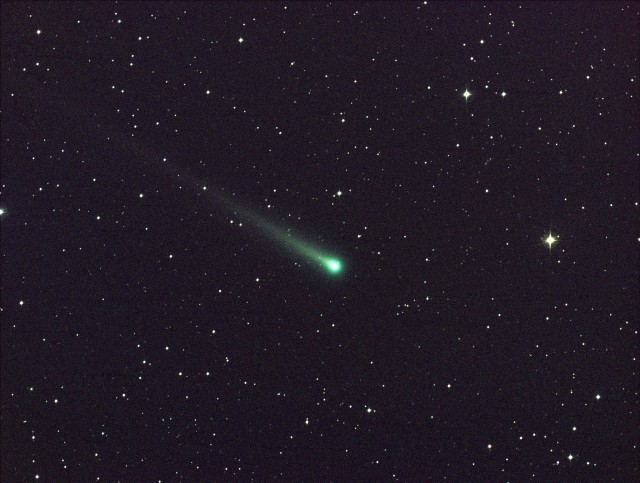Comet ISON fizzles… but there’s a sting in the tail
Ars Technica » Scientific Method 2013-12-01

If there is one thing we know about comets, it is that their behavior is really hard to predict. Comets will always surprise us—sometimes to our disappointment.
It looks like comet ISON, or most of it, did not survive its encounter with the Sun yesterday, when it made a close approach at just 1.2 million kms from that fiery surface. This distance may seem large, but it is close enough to have subjected the comet to temperatures of around 2,700°C. To survive such a close shave with the Sun may sound unlikely, but a few other sungrazing comets have managed the feat during even closer passes. So some people hoped ISON would perform a death-defying stunt and emerge intact.
ISON did not leave us without a final serving of mystery though. Soon after reaching its nearest point to the Sun (known as perihelion), there was no sign of it emerging afterwards. Twitter and news agencies were alight, lamenting its loss and assuming it disintegrated—RIP ISON.
Read 9 remaining paragraphs | Comments




